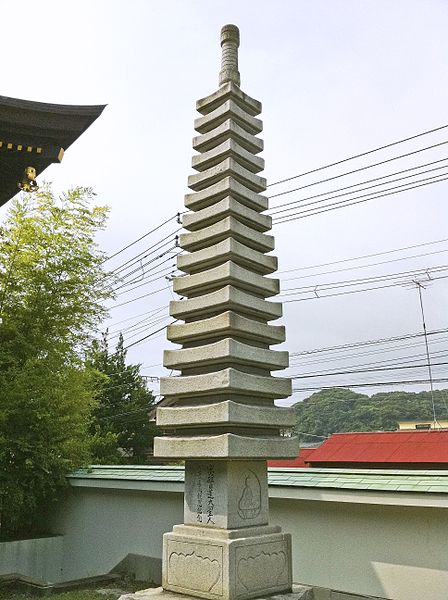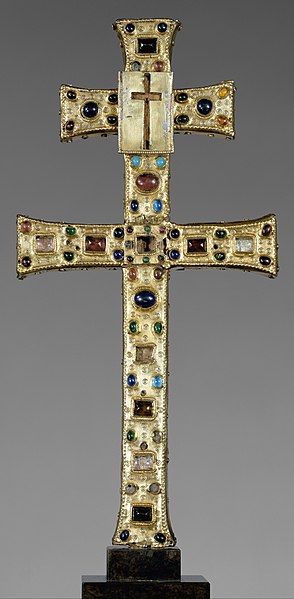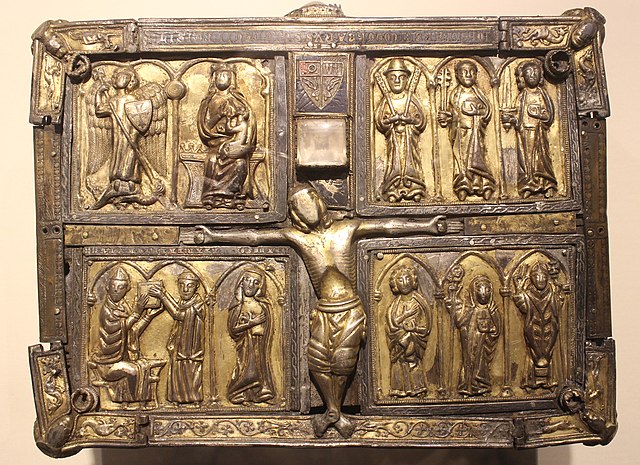Pagodas in Japan are called tō , sometimes buttō or tōba , and derive historically from the Chinese pagoda, itself an interpretation of the Indian stupa. Like the stupa, pagodas were originally used as reliquaries, but in many cases ended up losing this function. Pagodas are quintessentially Buddhist and an important component of Japanese Buddhist temple compounds but, because until the Kami and Buddhas Separation Act of 1868, a Shinto shrine was normally also a Buddhist temple and vice versa, they are not rare at shrines either. The famous Itsukushima Shrine, for example, has one. After the Meiji Restoration the word tō, once used exclusively in a religious context, came to mean also "tower" in the western sense, as for example in Eiffel Tower .
Japan's oldest three-storeyed pagoda at Hokki-ji, Ikaruga, Nara Pref. It was built in 706.
A reconstruction of Asuka-dera's original layout with a pagoda at its center
A rare 16-storey stone pagoda at Chōshō-ji in Kamakura
A hōtō at Ankokuron-ji
A reliquary is a container for relics. A portable reliquary may be called a fereter, and a chapel in which it is housed a feretory or feretery.
Reliquary Shrine, French, c. 1325–50, The Cloisters, New York
Inside the shrine of St. Boniface of Dokkum in the hermit-church of Warfhuizen in the Netherlands. The little folded paper on the left contains a bone fragment of Saint Benedict of Nursia, the folded paper on the right a piece of the habit of St. Bernard of Clairvaux. The large bone in the middle (about 5 cm in length) is the actual relic of St. Boniface.
Reliquary Cross, French, c. 1180
Domnach Airgid, Irish, 8th–9th century, added to 14th century, 15th century, and after








